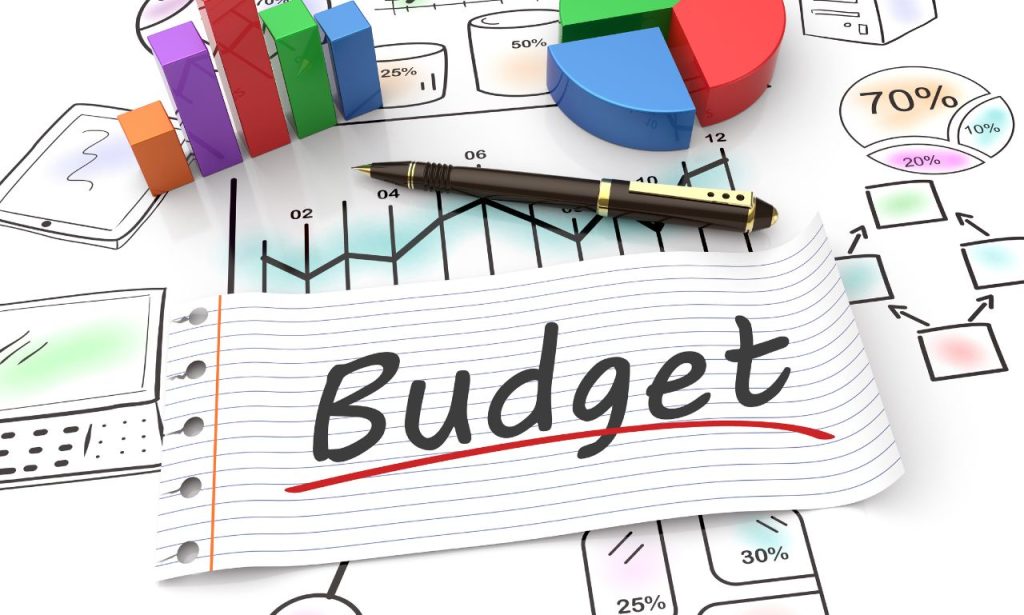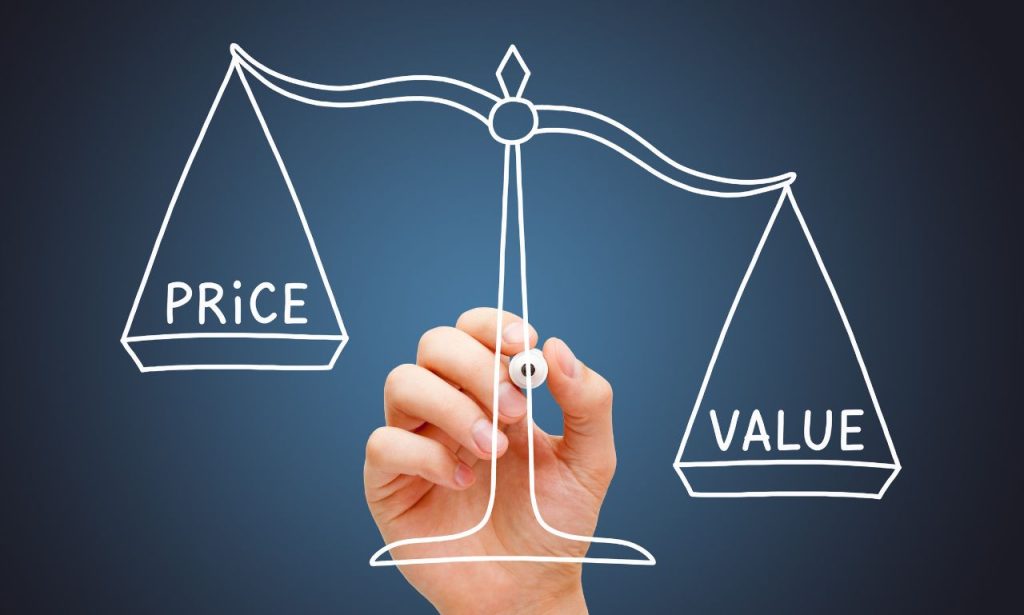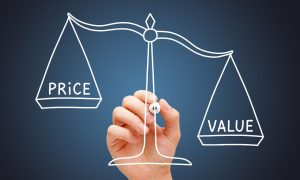Ever wonder why some businesses seem to crush their sales goals while others struggle to stay afloat? The difference comes down to effective sales strategies aligning with your specific business model and target market. I’ve spent years analyzing what separates successful sales teams from the rest, and I’ve discovered it’s rarely about working harder—it’s about working smarter.
In today’s competitive landscape, increasing sales requires much more than aggressive pitching. Your customers are savvier than ever, expecting personalized experiences that address their specific needs. This article will walk you through proven strategies to boost your sales effectiveness without burning out your team or breaking your budget.
Choose your Sales Channels
Selecting the proper sales channels can make or break your sales strategy. You need to be where your customers are, not where you assume they might be. Many businesses waste resources by spreading themselves too thin across multiple channels instead of focusing on the ones that deliver results.
Consider your target audience carefully before deciding which channels to invest in. Are your potential customers more likely to respond to direct sales calls, or do they prefer self-service options online? They may be most receptive to in-person demonstrations or social media engagement, which drives most conversions. The answer varies widely depending on your industry, product complexity, and customer preferences.
Develop your Sales Message
The most effective sales pitches aren’t about your product’s features but about how those features solve specific customer problems. I’ve found that businesses often focus too much on what they’re selling instead of why anyone should care.
Start by creating a clear value proposition that explains how your product or service improves your customers’ lives or businesses. This should be concise, memorable, and focused on benefits rather than technical specifications. Your message should address the “so what?” question that customers naturally ask when presented with any product.
Testing different versions of your sales message can yield surprising insights. A client in the fitness industry saw conversion rates jump by 45% after changing their message from “State-of-the-art equipment and certified trainers” to “Feel confident in your body in just 30 days.” The product didn’t change—only the way they communicated its value. The best sales messages connect emotionally while still addressing practical concerns.
Set a Budget

Budgeting for sales activities isn’t just about controlling costs—it’s about making strategic investments that drive growth. Many businesses either underspend on sales (limiting their potential) or overspend without a clear return on investment metrics (wasting resources). Finding the right balance requires careful planning and continuous adjustment.
Calculate your customer acquisition costs and lifetime value when setting your sales budget. These metrics help determine how much you can spend to acquire each new customer while remaining profitable. Your budget should also account for different sales funnel stages, allocating resources appropriately for prospecting, nurturing, and closing.
Rather than viewing your sales budget as a fixed expense, consider it a flexible investment that should scale with results. I recommend implementing a tiered budgeting approach where proven strategies receive increased funding while underperforming tactics get scaled back or reimagined. This data-driven approach ensures you’re continuously optimizing your return on investment.
Decide on the Sales Tools that You’ll Use
The right sales tools can dramatically improve your team’s efficiency and effectiveness. However, more tools don’t always mean better results. I’ve seen companies struggle under the weight of complicated tech stacks that their teams barely use. The key is selecting tools that solve specific problems in your sales process.
Start by identifying the biggest bottlenecks in your current workflow. Are your sales reps spending too much time on data entry? A good CRM system might be your priority. Are you having trouble tracking customer interactions across multiple channels? Look into unified communication platforms. Are you struggling with proposal creation? Proposal automation software could save countless hours.
Today’s market offers everything from AI-powered lead scoring to automated follow-up systems. One manufacturing company I advised implemented a configure-price-quote (CPQ) tool that reduced its sales cycle by 40% and virtually eliminated pricing errors. The tool paid for itself within the first quarter. Remember that the best tool isn’t necessarily the most expensive or feature-rich—it’s the one that addresses your specific challenges.
Determine Your Sales Methodology
A consistent sales methodology gives your team a framework for success. Without a defined approach, sales reps often resort to inconsistent tactics that make performance unpredictable and coaching difficult. The proper methodology depends on your product complexity, sales cycle length, and customer buying habits.
Popular methodologies include consultative selling, solution selling, SPIN selling, and value-based selling. Each has strengths for different scenarios. The Challenger Sale approach often works well for complex B2B sales with multiple stakeholders. A more direct methodology might be appropriate for transactional consumer products.
Whatever methodology you choose must be fully integrated into your training, tools, and performance metrics. Half-hearted implementation leads to confusion and poor adoption. A software company I worked with trained their entire team on the MEDDIC methodology (Metrics, Economic Buyer, Decision Criteria, Decision Process, Identify Pain, and Champion). Within six months, their average deal size increased by 27% because reps became more strategic about which opportunities to pursue and how to advance them.
Determine Your Pricing
Pricing isn’t just about covering costs and margins—it’s a powerful psychological tool that affects how customers perceive your value. If the price is too low, you might undermine customer confidence in your quality. If the price is too high without clear value justification, you’ll lose sales to competitors. Getting this balance right requires both art and science.
Consider implementing tiered pricing structures that appeal to different customer segments. This strategy creates natural upsell opportunities while making your middle tier appear as the best value. Research shows that most customers gravitate toward middle options when presented with three choices, known as the “compromise effect.”
Don’t be afraid to test different pricing strategies. One retail client increased overall revenue by 15% by raising prices on their premium products while keeping their entry-level items competitively priced. This move improved sales volumes across all categories by clarifying their product positioning. Your pricing should tell a story about your brand and the value you provide.
Analyze the Competition
It requires deep insight into their strengths, weaknesses, and overall strategy. This knowledge helps you position your offerings more effectively and identify gaps in the market that you can exploit.
Create detailed competitor profiles, including product features, pricing models, marketing messages, and target customers. Mystery shopping your competitors can reveal insights about their sales process and customer experience. Please pay particular attention to how they handle objections and what special offers they use to close deals.
The goal isn’t to copy your competitors but to differentiate yourself strategically. A local insurance agency I consulted with discovered through competitive analysis that all their major competitors emphasized low prices. By repositioning themselves as experts in risk management and customer education, they attracted clients willing to pay premium rates for superior service. Their sales increased by 32% despite charging higher prices than competitors.
Decide How You’re Going to Train Your Sales Team
Sales training shouldn’t be a one-time event but an ongoing skill development and knowledge-building process. The most successful organizations create a culture of continuous improvement where training is embedded into daily operations. This approach keeps skills sharp and helps teams adapt to changing market conditions.
Effective training programs combine various methods, including classroom instruction, role-playing, shadowing, and field coaching. Technology now allows for virtual reality simulations and microlearning modules that sales reps can access on demand. The key is reinforcing training concepts through practical application and consistent feedback.
I’ve found that training programs focused on specific behavioral changes outperform general sales education. For instance, a telecommunications company I worked with created a specialized training program for handling price objections. After implementation, their conversion rate on premium packages increased by 23%. Targeted training delivers measurable results by addressing specific performance gaps rather than generic skills.
Understand Your Audience
Truly understanding your audience goes far beyond basic demographics. It requires developing detailed buyer personas based on customer data and direct feedback. These personas should capture not only who your customers are but why they buy, what obstacles they face, and how they make decisions.
Invest time mapping your customer journey from initial awareness to purchase and beyond. This exercise reveals critical touchpoints where your sales process creates or destroys value. Many businesses discover their sales approach is misaligned with how customers prefer to buy.
Customer research should be an ongoing practice, not a one-time project. Markets evolve, preferences shift, and new pain points emerge. A home services company I advised implemented quarterly customer interviews and discovered that response time had become more important than price for their target market. By redesigning their sales process to emphasize rapid response, they increased their close rate by 40%.
Value-Based Selling

Value-based selling focuses on the outcomes and benefits your product delivers rather than its features or price. This approach requires sales teams to have a deep understanding of the customer’s business challenges and articulate how your solution addresses specific pain points in measurable ways.
The key to successful value-based selling is quantifying the impact of your solution in terms that matter to the customer. For B2B sales, this often means calculating potential cost savings, productivity improvements, or revenue increases. For consumer products, it might mean demonstrating time saved, stress reduced, or status enhanced.
I’ve seen remarkable results when companies transition from feature-based to value-based selling. A manufacturing equipment provider changed their approach from discussing technical specifications to calculating the five-year ROI their machines would generate through reduced labor costs and increased output quality. Their average deal size grew by 35% within one year of implementing this method. Value-based selling works because it shifts conversations from price comparison to investment justification.
Conclusion
Increasing sales effectively isn’t about finding a magic solution—it’s about building a comprehensive strategy that addresses every aspect of the sales process. Each element contributes to your success, from choosing the proper channels to implementing value-based selling techniques. The businesses that consistently outperform their competitors refine their approach based on customer feedback and market changes.
Remember that sustainable sales growth comes from creating genuine customer value, not pushy tactics or price manipulation. By focusing on understanding your audience and solving their real problems, you build the foundation for long-term success and repeat business.
ALSO READ: How to Keep Your Business Afloat in Economic Tough Times
FAQs
Most businesses begin seeing initial results within 30-90 days, though comprehensive transformation typically takes 6-12 months.
While many metrics matter, customer acquisition cost (CAC) relative to customer lifetime value (CLV) provides the clearest picture of sales sustainability.
Successful companies typically invest 5-10% of their sales budget on ongoing training and development activities.
Cold calling can still work when highly targeted and used as part of an integrated approach, but its effectiveness varies widely by industry and target market.
Track your win/loss rate and reasons. If you rarely lose on price, you might be priced too low; if you frequently lose despite having a superior product, your pricing may need adjustment.




